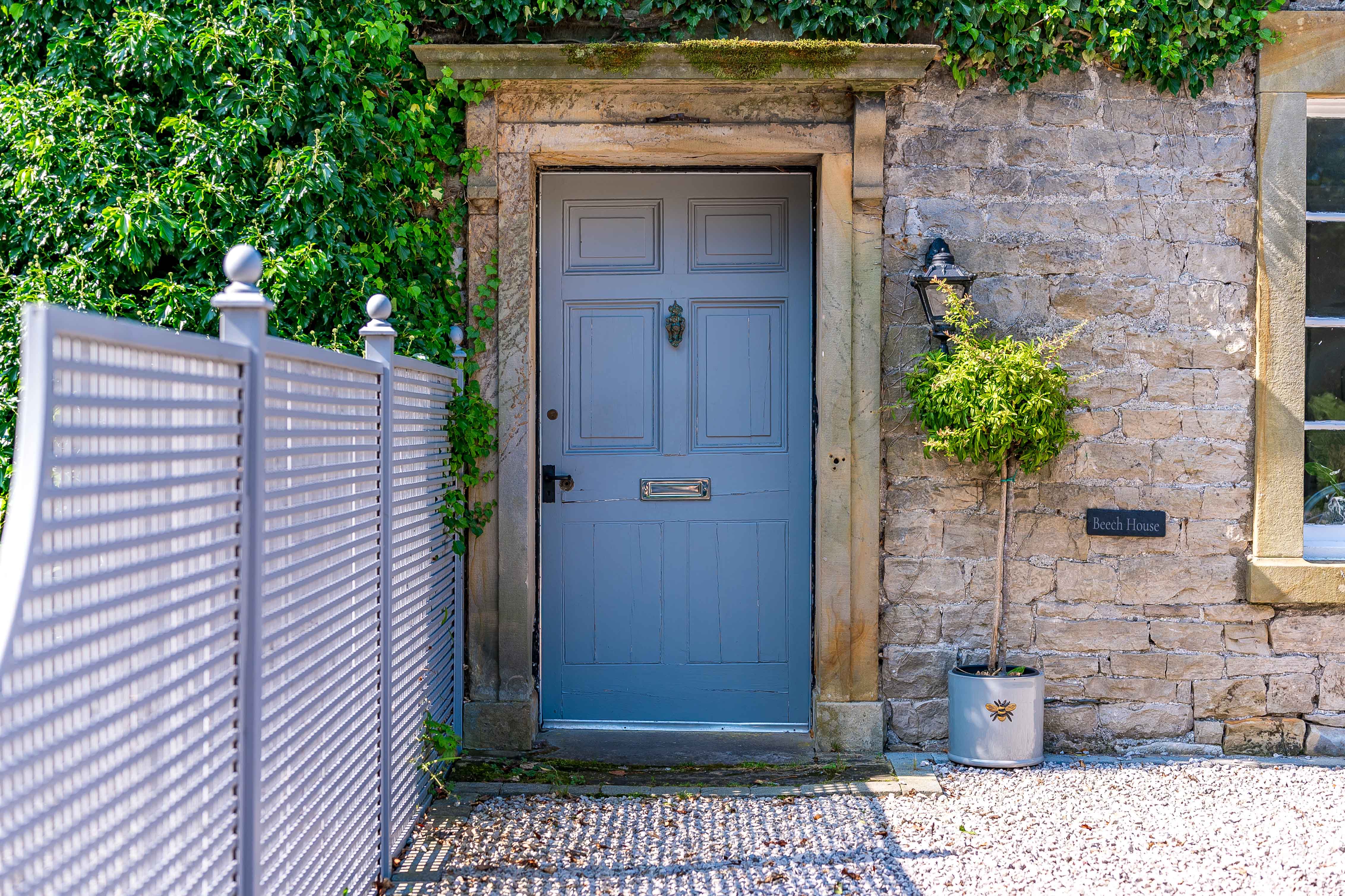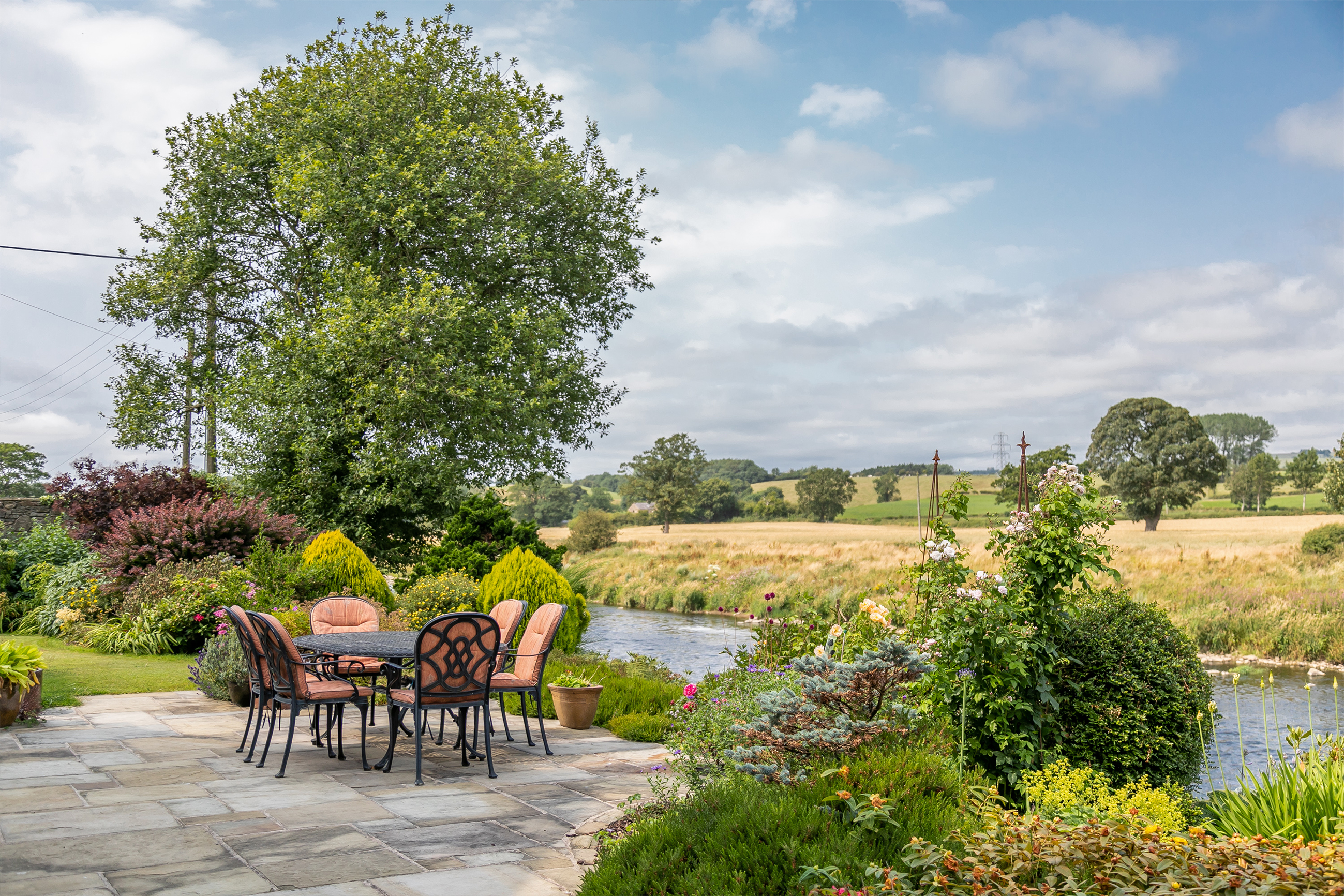With the cold weather now upon us RICS (Royal Institute of Chartered Surveyors) is advising homeowners to check their properties to help stop the harsh weather taking its toll on their property, heating and maintenance bills.
Properties are vulnerable to attack both from the outside elements and the moist, warm conditions that build up inside during the winter months, so now is an ideal time to prepare:
Roof
- Inspect the roof and replace any cracked tiles
- If chimney pots are in place but not in use consider protecting them by fitting ventilated cowls
Loft
- Check the insulation is in good condition (up to current standard)
- Avoid over insulating. It is important that the tanks and pipes in the loft do not freeze so do not insulate below the tank
- Make sure the lid is on the cold-water tank
Gutters and Drains
- Clear them of leaves and debris. Take particular care that the gulleys are clear
- Overflowing gutters can drench walls and cause damage
- Insulate external drain pipes (eg those for central heating) with waterproof tape or similar material
Walls
- 33% of heat lost in the home is through the walls. Cavity wall insulation is a good option and can boost its value and saleability while reducing your energy bills
- Check the pointing – frost can play havoc with poorly maintained walls
- Make sure water can run off the building. Fill gaps to cement angle fillets at wall junctions
- Consider fitting reflective foil behind radiators on outside walls
External Paving
- In very cold weather water on paving will freeze
- Ensure the paving is well drained and avoid water collecting, freezing and causing accidents
Decking
- Check that it hasn’t obstructed air bricks and gullies
Windows
- Check perimeters of all windows to make sure water flows away from glass and doesn’t collect on the sill, or drain behind it
- Minimise draughts – if double glazing is not in place (it cuts heat loss through windows by 50%) consider fitting cheaper options such as secondary glazing or put polythene across the window frames
Doors
- Stop draughts through letterboxes by fitting a cover and put a sealant around the door frames
Floors
- Fill gaps between exposed floor boards
- It there are stripped floors in place consider putting down rugs in the winter to reduce draughts up between the boards
- Ensure central heating pipework in the ventilated floor voids is insulated (70% of the heat input may be lost if un-insulated)
Chimney
- Have wood and cola burning flues swept
- fit chimney balloons in open flues
Boilers
- Have your boiler serviced
- If you have a condensing boiler, insulate the external condensate and ensure it is of the correct bore
- Consider fitting a trace heater to prevent the boiler from freezing
- Finally check your heating system is in order; insulate hot water tanks and bleed radiators




